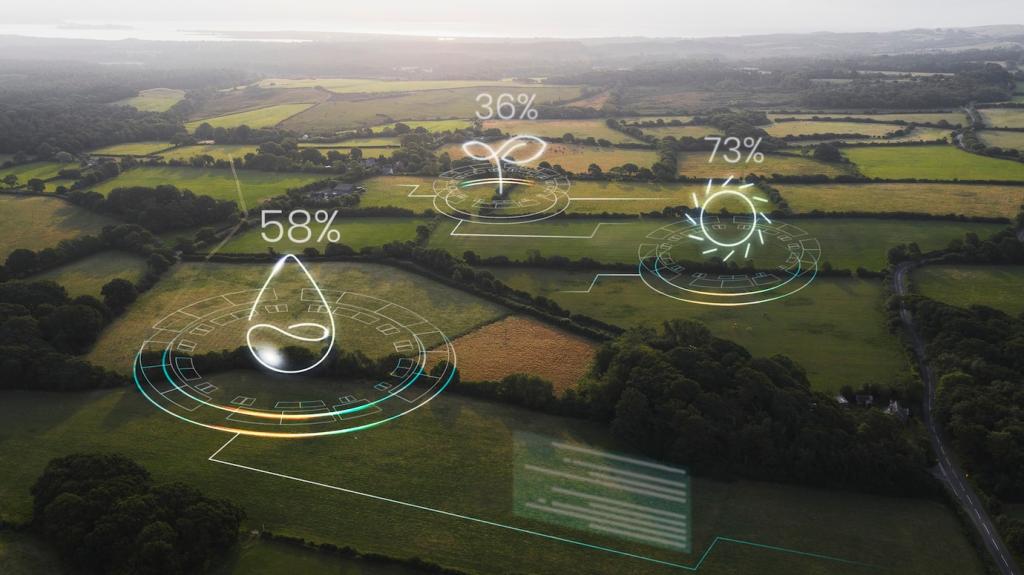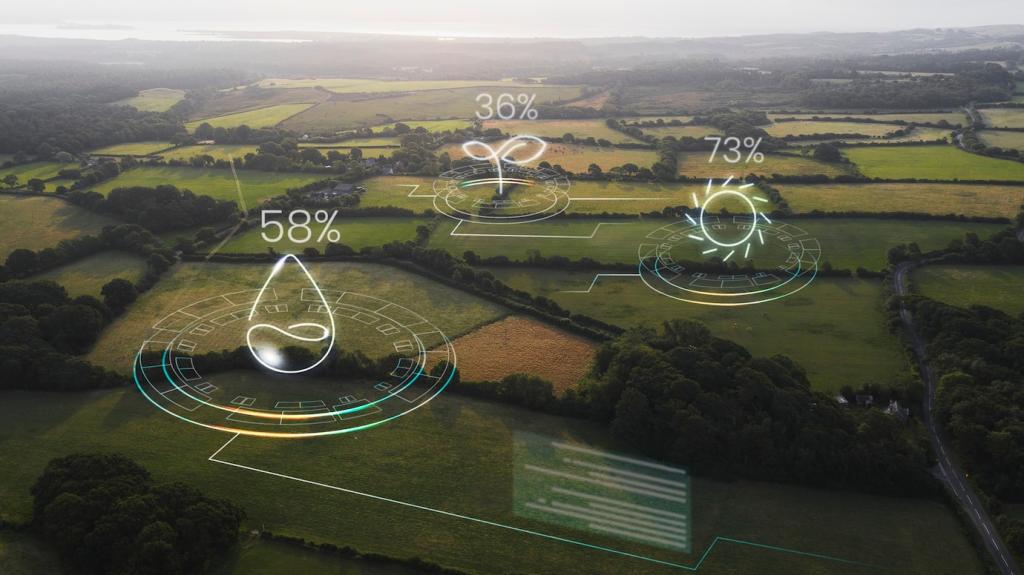Smarter Indoor Spaces, Powered by AI
Chosen theme: Optimizing Indoor Environments with AI Technology. Step inside a welcoming hub where buildings learn, rooms respond, and every breath, beam of light, and degree of warmth is intelligently tuned for people. Join us, share your questions, and subscribe for hands-on insights and stories.

From Sensors to Insights
Indoor environments whisper through CO2, VOCs, temperature, humidity, light, and occupancy signals. AI listens, calibrates noisy sensors, aligns sampling rates, and transforms raw streams into meaningful context. Share your sensor mix below, and we will suggest practical models to extract real, everyday value.

Learning What Comfort Really Means
Comfort is personal. Beyond PMV and adaptive comfort models, AI learns your patterns, clothing choices, and daily rhythms through privacy‑respecting feedback loops. A few quick in‑app surveys can dramatically improve predictions. Tell us how you define comfort, and help train smarter indoor experiences.

Privacy, Security, and Trust
Great indoor AI starts with trust. Favor on‑device processing, minimal retention, and clear consent for occupancy analytics. Encrypt everything and audit integrations. If you have concerns about cameras or badges, ask in the comments, and we will outline privacy‑first alternatives that still deliver meaningful optimization.
Breathing Easier: AI for Air Quality and Thermal Comfort
By forecasting occupancy peaks, AI pre‑vents stale air before it happens. It coordinates dampers and fans to flatten CO2 spikes without wasting energy. Share your target CO2 threshold and schedule, and we will propose a predictive control approach tailored to your building’s dynamics.



The Afternoon CO2 Slump
By 2:30 p.m., meetings left rooms heavy and heads foggy. After enabling occupancy forecasting, the system pre‑ventilated before marathon sessions. Within three weeks, CO2 spikes dropped sharply, and staff reported fewer afternoon headaches. Comment if you have experienced this slump, and we will help diagnose it.

Listening to People, Not Just Data
The biggest improvement came after a tiny survey added personal comfort preferences to the model. Complaints fell, and energy use stayed sane. If you worry about survey fatigue, ask below for our two‑question approach that builds trust and materially improves comfort predictions.
Productivity, Well‑Being, and the Human Experience
AI aligns brightness and spectrum with circadian needs, boosting cool light for focus and warm tones for late calm. It adapts by season and window exposure. Share your daylight challenges, and we will outline adaptive lighting ideas that energize mornings and protect evening wind‑down.
Your First AI Indoor Optimization Project
Audit Your Data and Interfaces
Inventory sensors, controllers, and protocols like BACnet, Modbus, and MQTT. Note sampling rates, calibration gaps, and data retention. Post your inventory, and we will recommend a minimal data stack to start learning fast without overwhelming your team or budget.
Pick the Right, Interoperable Stack
Favor open APIs, standard schemas, and portable models so you are never locked in. A lightweight digital twin helps track assets and relationships. Ask us for a reference architecture, and we will map choices to your goals, constraints, and preferred deployment style.
Pilot, Measure, Iterate
Define KPIs like CO2 peak frequency, comfort complaints, and kilowatt‑hours per square foot. Baseline honestly, then A/B test changes. Share your first month of results, and we will help interpret trends, refine models, and celebrate your progress with the community.
